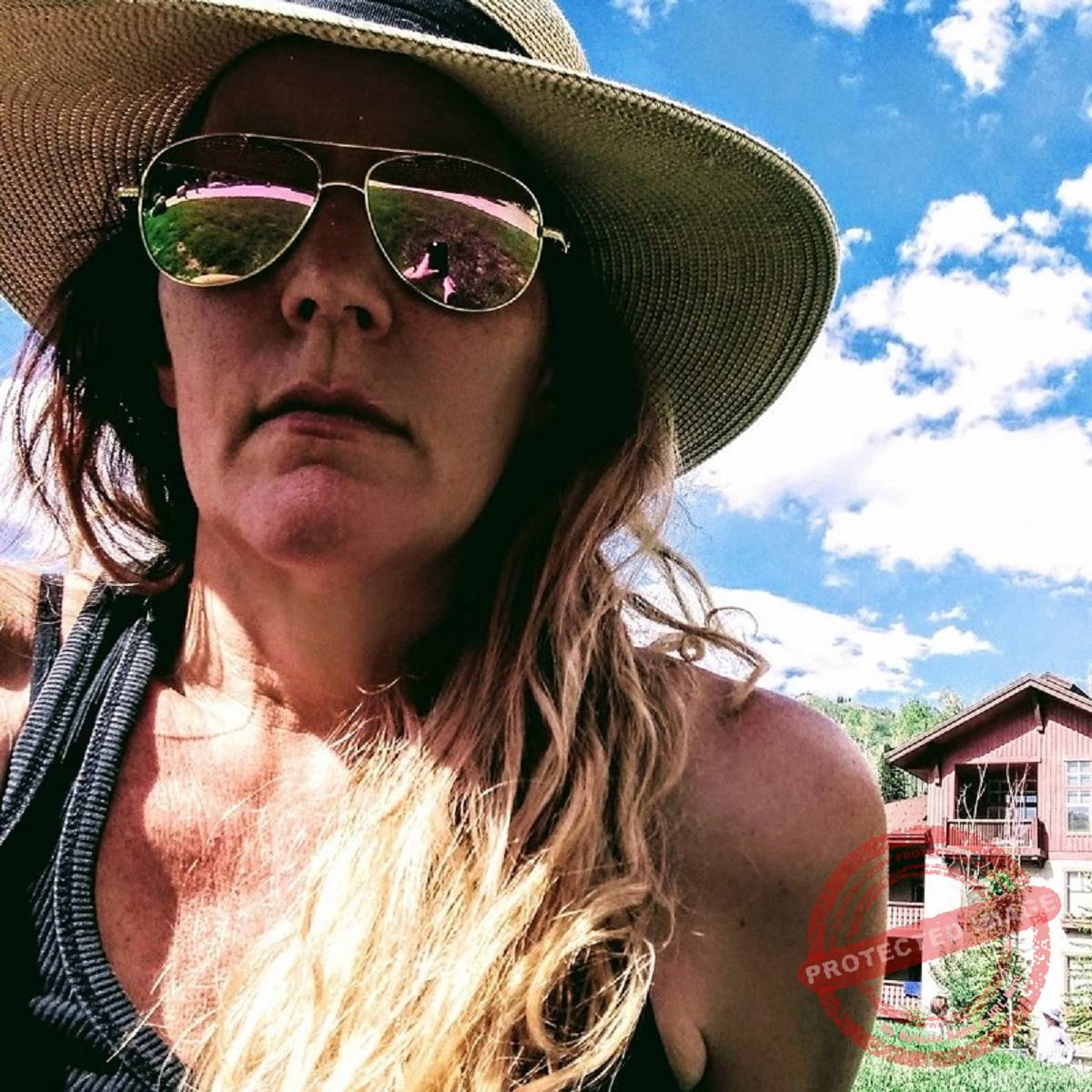
Introduction to Brain Chemistry
Understanding our primal selves
by Linda Forrest
What is your typical day? Do you feel like you’re fighting the current or does everything seem to go your way? Are you energized and excited or fatigued, constantly fighting stress or depression? Do you suffer or struggle at all?
It has been a long believed notion that suffering is inherent to all humans and while this was once a true concept, it is no longer the only option we have available to us. Suffering is not inherent. Neither is bliss. They are day to day, moment by moment mechanisms of the brain mechanisms we can manipulate.
We often tend to treat high-quality life experience–however one defines it–as the privilege of a select few like it is something we are inherently ‘born into’ and to an extent this can be true, but it is not as definitive as we once believed it to be. The brilliance of this discovery comes in understanding joy and pain are not subject to life experience. This opens us to the realization that life does not need to be experienced as one person being more blessed or cursed than another. Living a blessed life becomes available to all of us.
There are a plethora of stories about individuals rising from the depths of suffering to create powerful lives. Stories of people who’ve created something above the conditions of their situation and found tremendous success in doing it. We’ve been doing this for centuries. It is how we evolved to be a species which no longer uses torture as a form of punishment or keeps other humans as slaves or treats animals like expendable property. It is human nature to strive for more. High functioning people represent high functioning consciousness, not because it is just inherent to who we are, but merely representative of where we are. More accurately stated; who we are, is representative of our ability to experience high-level brain function and high-level brain function is a thing of which we are all capable. Yes, all of us.
As we established in the article What is the Inspired Evolution Project? Discovering the full potential of being human, thoughts feelings and emotions are the byproducts of brain function, not the cause. Our experience of consciousness is also the result of these mechanisms.
In phase one of the Inspired Evolution Project (IEP), we focus on gaining a deeper understanding of how our experiences of life are the result of specific brain functions and we learn how to manipulate those functions to create the experiences we want. The beginning of this program is really about recognizing life experience as a byproduct of a chemical reaction, not the cause. Once we fully understand this, once we see our moods, our thoughts, our abilities, and even our own identity are not the result of external circumstances–at least not in the way we imagine–we open for ourselves the opportunity to control those experiences and in the end, the circumstances.
To understand this concept, it helps to understand the brain function behind it. As we explore the motivation behind brain function, we can see there are now multiple options available to us. We are not bound to the consciousness of our past, but to move forward, we must fully understand the cause of it. So, we’ll begin with the most basic of human mechanisms, primal consciousness.
The base function of all primates–this includes humans–is the use of sensory information to make survival decisions. The important thing to remember is when it comes to the sensory processing of primates, this is reduced to the rawest states of sight, sound, taste, touch, and smell. This sensory information we absorb interacts with data stored in our brain as memory to make decisions regarding our safety. Once a decision is made, chemicals are released, stimulating everything we experience as our reality.
Simply put, sensory information plus memory equals chemical release and chemical release equals experience. Think of seasonal depression or how certain songs can instantly change your mood. It might be the smell of your favorite meal or a hug from someone you love. This sensory information is interpreted by memory stored in the brain causing a chain reaction and it is happening continually. Sensory information is absorbed, memory is activated and a chemical is released.
If this weren’t true, pharmaceuticals wouldn’t work. If we are depressed and take a chemical anti-depressant, even though the result may not be perfect, there is still a shift in feeling and even in thought. We take pain killers to relieve pain, anti-histamines to reduce allergic reactions and all sorts of other pharmaceuticals to mimic the natural chemical reactions inherent to our system. Life experience is a chemical reaction.
The most important thing for us to realize in this concept is that these are not conscious mechanisms. They aren’t even sub-conscious. They are completely unconscious. They are a series of decisions made by the brain interpreting the world around us in an attempt to keep us safe.
Because of the entirely unconscious nature of survival mechanisms, we decided long ago we could do nothing to change the function itself. We believed we needed to change the survival mechanisms at the level of survival mechanism or even worse, the results of the survival mechanisms. We were wrong. These too are symptoms of a deeper condition, not the problem.
One of the biggest hurdles we have faced–in our approach to understanding how the base survival mechanisms in primates operate in humans–is in the way humans have evolved. While the sensory side of this equation is fairly ironclad, the issue of memory is much more complex. We are not like other primates. What works for one will not work for all.
This makes memory a big issue and the problem is, we’ve been using outdated models when evaluating our experience of memory. We’ve been interacting with memory in the same way primates have been doing it nearly our entire existence. When dealing with the issue of memory, whether it is a memory in the mind or even in the body, this can cause us to spend years in therapeutic processes–or even longer medicating the conditions they create–trying to redefine the association between sensory experience and memory.
The first issue we face is, we often approach certain aspects of memory as inherent and they can definitely feel absolute at times, but all memory is mutable. If it wasn’t, we would never experience growth in our life. Human memory can be broken down into three pretty solid categories. The first being personal experience. This is often times the only memory we access in healing and most of us understand it as the memory we would likely define as a catalog of life history, but this is only one level of memory. We are also subject to ancestral data.
Primal memory is commonly recognized as inherent to the qualities of primates, but it is more than just this. Being afraid of spiders and snakes, fear of the dark or heights, these fears are stored in all primates. Survival mechanisms that work from the fundamental principle of safety in familiarity require it, but there are also family patterns to DNA. Medical conditions, emotional tendencies, tolerances, and identifying traits are all included when considering the concept of ancestral data. To be clear on the function of survival, we must recognize this data as memory.
In addition to personal experience and ancestral data, there is a third aspect of memory we must consider, the environment. Our brains are constantly measuring temperature and resources, as well as relationships. We’ll get more into social survival later, but we must understand, human relationships are a constant consideration of the human brain. We are continually storing and accessing all this information for only one reason, survival.
The base mechanism of all primal survival models can be broken down to primates always operating from one of two states of consciousness, one is either ‘safe’ and in a rest-and-digest state or under ‘imminent threat of death’ and in a state of fight-or-flight. This drives the mechanism of ‘safety in familiarity.’ So, information is stored as a reference point, one we use to navigate all the potential ‘threats of death’ also stored in these three memory categories.
While we may not consider memory to be a survival mechanism, this is its only true purpose. No matter how you break it down, if you reduce it enough, all information is stored as a mechanism designed to keep us safe. The decisions may not make sense to us, but have no doubt about it. If we are content, the brain has decided we are safe and well. If we are suffering, the brain has decided there is danger of some kind and it’s reacting to the danger it perceives.
This danger could be a threat of abandonment or exclusion. It could be a threat to our income or what might happen if we don’t perform at our peak. It could be a past event that caused us suffering or it could be any other of an infinite amount of biases. It could even be the survival mechanisms of our family or the distant reactive instincts inherent to all primates, but every bit of it happens long before we become consciously aware of it.
It has been inherent to our design, but while these survival mechanisms have brought us to the place we are today, they won’t carry us into tomorrow, they can’t. The real problem with this model is not just in the massive limitations it creates, it is in realizing; at over seven and a half billion strong, the primal survival mechanisms that once kept us safe are now what’s killing us.
We can’t stop here. We must move beyond the basic primal instincts of the human brain to finally use it at its full potential. To become a more conscious participant in our experience of life, we must evolve the approach we take to that life. We must come to understand the mechanisms inherent to primates so we can manipulate the brain functions that help us move beyond them. We must open the door to something beyond the complacent model experienced in a merely restful state. We then have the ability to enter a thriving state of existence, where life becomes less of a burden and more our playground.
If you haven’t had a chance to read, What is the Inspired Evolution Project? Discovering the full potential of being human, I recommend it. To gain a complete understanding of not just what is, but also what is possible creates for all of us a richer, fuller life.
To continue with our process, please look forward to our next article. Welcome to Phase One – Understanding the often ignored connection between brain function and consciousness. or watch our free Introduction to Brain Chemistry Video

Linda Forrest
At 23, Linda Forrest refused the definition of incurable when she was diagnosed and medicated for severe PTSD and addiction. On that day, she began a study that would eventually result in her discovery of a cure.
Through over 30 years of diverse research combining the sciences of psychology, pharmacology, neurology, and spontaneous healing, she assembled a puzzle that cured her condition. She now mentors others and has helped thousands discover what it means to live a life free of suffering.
As an author, speaker, muse, and mentor, she continues to explore what it means to be human by asking what becomes possible when we finally evolve beyond primal brain functions to eliminate fight-or-flight triggers.
To find out more about her and her journey, visit lindaforrest.com







Like!! Thank you for publishing this awesome article.
Like!! Thank you for publishing this awesome article.